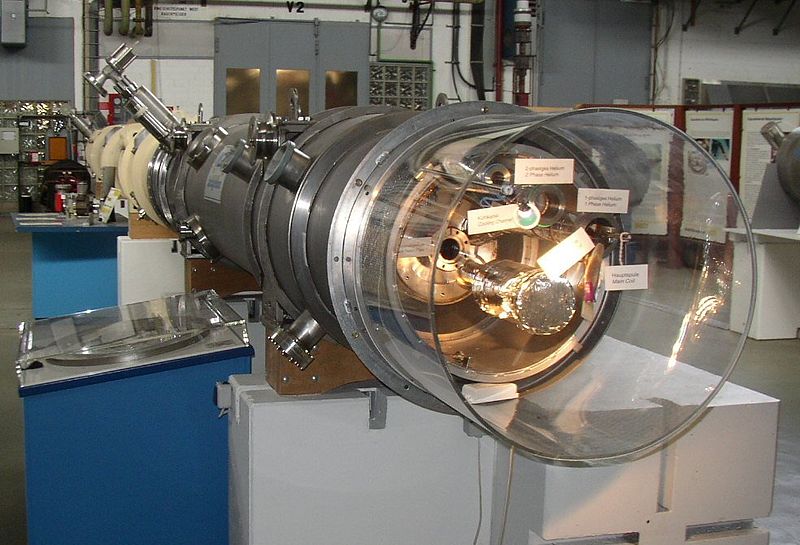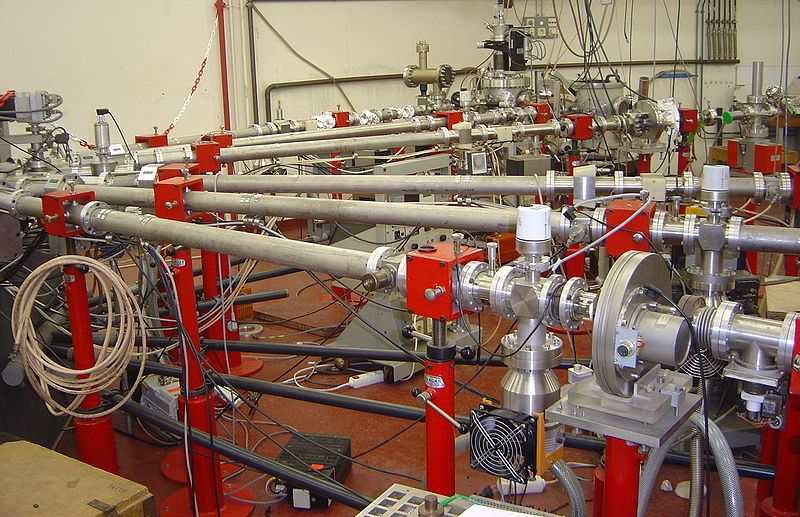Portable and Less Power-Hungry Particle Accelerators May Soon Be Developed
Not many know what particle accelerators are so it won’t be surprising if the news about the possibility of inventing portable accelerators did not get anyone excited. These devices are too hifalutin to be relatable even for typical tech enthusiasts. However, it’s worth discussing the recent scientific discovery that may enable the creation of portable particle accelerators. This advancement is bound to benefit society in more ways than what many would think.
Particle Accelerators: An Overview
A particle accelerator is a device that shoots charged particles to high speeds using electromagnetic fields while containing them in well-defined beams. They are a staple in particle physics experiments, commonly used as colliders. There are over 30,000 particle accelerators in operation at present, in different parts of the world.
Accelerators come in two basic classes: electrostatic and oscillating field. The electrostatic employs static electric fields to accelerate particles while oscillating field accelerators make use of radio frequency electromagnetic fields to accelerate particles. All modern accelerator concepts and large-scale accelerator facilities are based on the oscillating field accelerator class.
Uses of Accelerators
There are four major uses of accelerators: facilitating high energy physics experiments, synchrotron radiation, particle therapy, and low-energy machine applications.
High Energy Physics – It is in the field of high energy physics where the largest accelerator facilities are being used. Examples of such accelerators are the Relativistic Heavy Ion Collider at the Brookhaven National Laboratory sponsored by the United States Department of Energy Office of Science, and the Large Hadron Collider at CERN. These accelerators are used to explore the dynamics and structure of matter, time, and space by observing the simplest kinds of interactions at the highest possible energies.
Synchrotron Radiation – Particle accelerators are also useful in the study of atomic structure, chemistry, condensed matter physics, and biology. They are used in producing extremely bright and coherent high energy photon beams through synchrotron radiation, which facilitates detailed microscopic and 3-dimensional imaging.
Particle Therapy – Particle accelerators, at lower energies, can produce beams of accelerated nuclei that can be used in therapy, for the treatment of cancer in particular.
Low Energy Machines – You may not realize but the cathode ray tubes in (CRT) TVs and x-ray generators are a type of particle accelerators. They are low energy accelerators that perform specific functions in everyday life. The ion implanters used in the manufacture of integrated circuits are also low energy particle accelerators.
New Discovery
So what is this new discovery that ought to make everyone excited? It’s a new discovery by University of Maryland (UMD) physicists. They have developed a method of accelerating electron beams to nearly the speed of light with the use of record low laser energies. Their research is described in a paper published in the Physical Review Letters, the November 6, 2015 issue. This use of considerably lower laser energy effectively eases one of the major hurdles in the development of compact particle accelerators.
According to UMD professor Howard Milchberg, the senior author of the study, they have successfully accelerated high-charge electron beams to over 10 million electron volts using just millijoules of laser pulse energy, which is comparable to the power consumed by a standard household light bulb over 1/1000 seconds.
This was made possible through the technique called laser-driven plasma wakefield acceleration. The technique involves the shooting of a laser pulse into plasma, creating a plasma wake that follows the laser, similar to what can be observed in the water wake that trails a speeding boat. The plasma wake attracts a bunch of electrons that follow the initial laser pulse and “surf” the waves of the wake, accelerating to almost as fast as the speed of light in a very short distance of less than a millionth of a meter.
Plasma wakefield acceleration, however, requires an intense laser pulse. Their goal is to lower the required laser pulse intensity so they tried increasing the density of the plasma they used to as much as 20 times (in comparison to the typical density used in experiments). This decision is based on the effect called relativistic self-focusing, wherein a laser beam that passes through plasma self-focuses and intensifies leading to the formation of a strong plasma wake. The idea of dramatically increasing the density of the plasma used worked as it led to strong relativistic effects.
Significance of the New Discovery
This new discovery signals the possibility of developing particle accelerators with a significantly reduced footprint. This means that particle accelerators being used for medical and imaging applications may now be carried in carts and simply plugged to a standard wall outlet. They will become more energy efficient and considerably compact. However, this new discovery appears to be inapplicable to high energy physics as of now. Laser-driven particle accelerators, even with the new discovery, still have a long way to go to match the capabilities of the facilities used at CERN and Fermilab.
So why should this development in particle acceleration excite you? The main reason is the possibility of creating more efficient particle accelerators for the medical and imaging industries. Also, the researchers discovered that they have created an accelerator that can generate an intense but very short flashes of optical light that is thought to represent only half of a wavelength cycle. These very short and bright flashes of light can pave the way for the development of optical strobe lights capable of capturing the motion of electrons as they move across their atomic orbits.
Particle accelerators that are less power-hungry, less expensive, and compact mean more researchers will be able to have access to them. More researchers being able to undertake studies that require particle accelerators is definitely a boon for science. Moreover, the short but intensely bright flashes of light discovered by the UMD researchers can be useful in quantum theory experiments.

